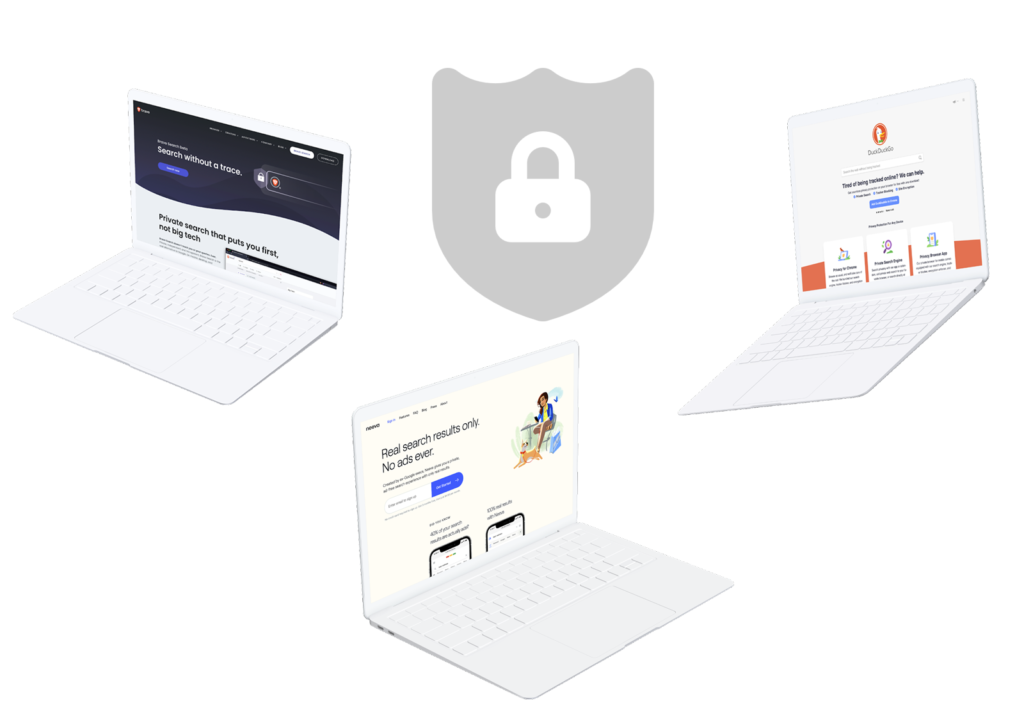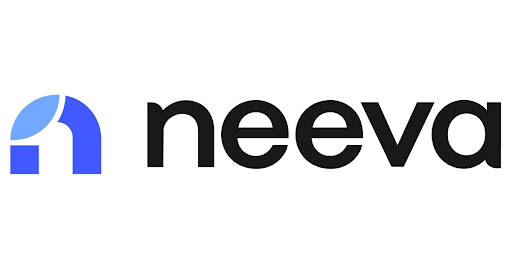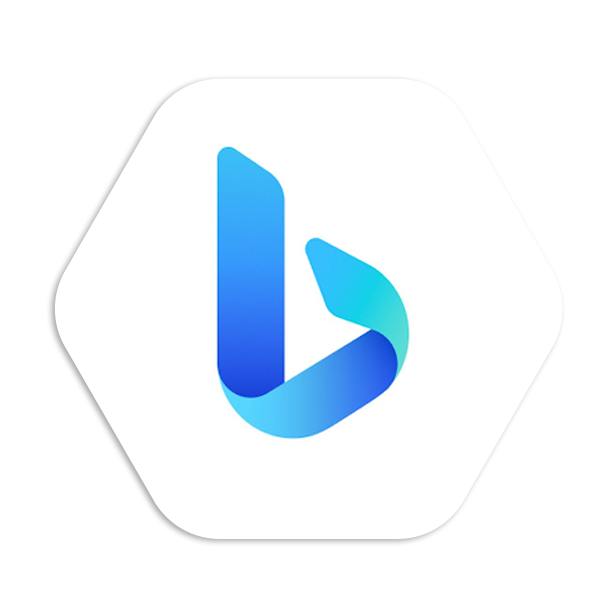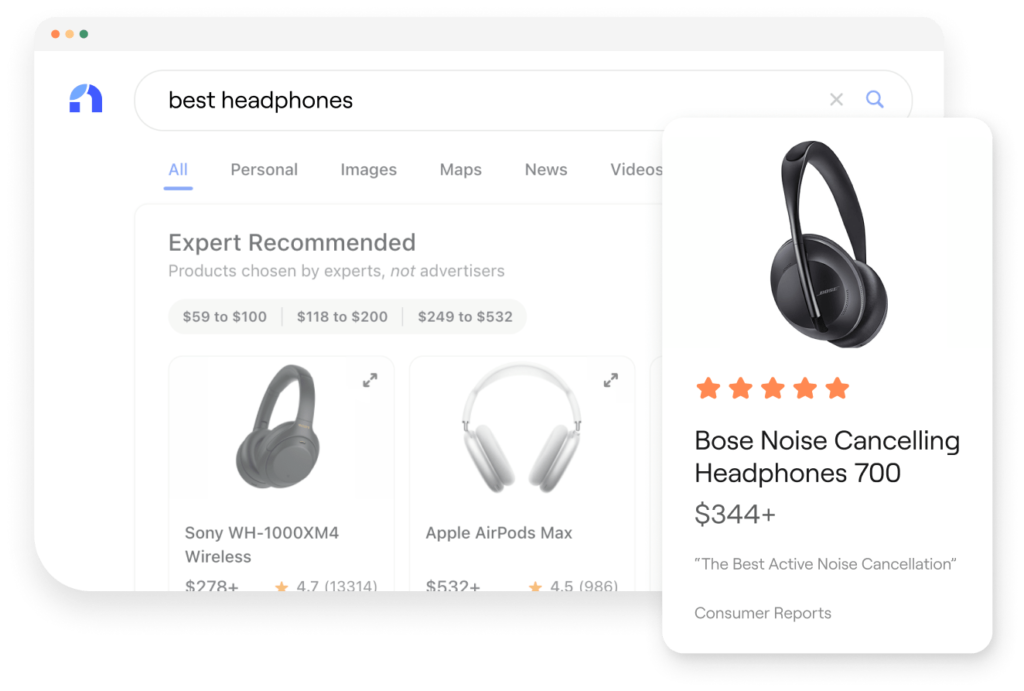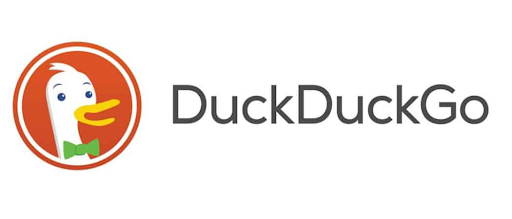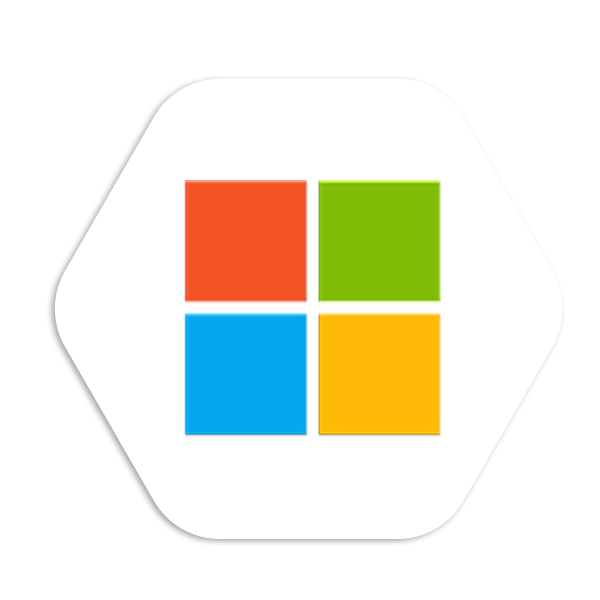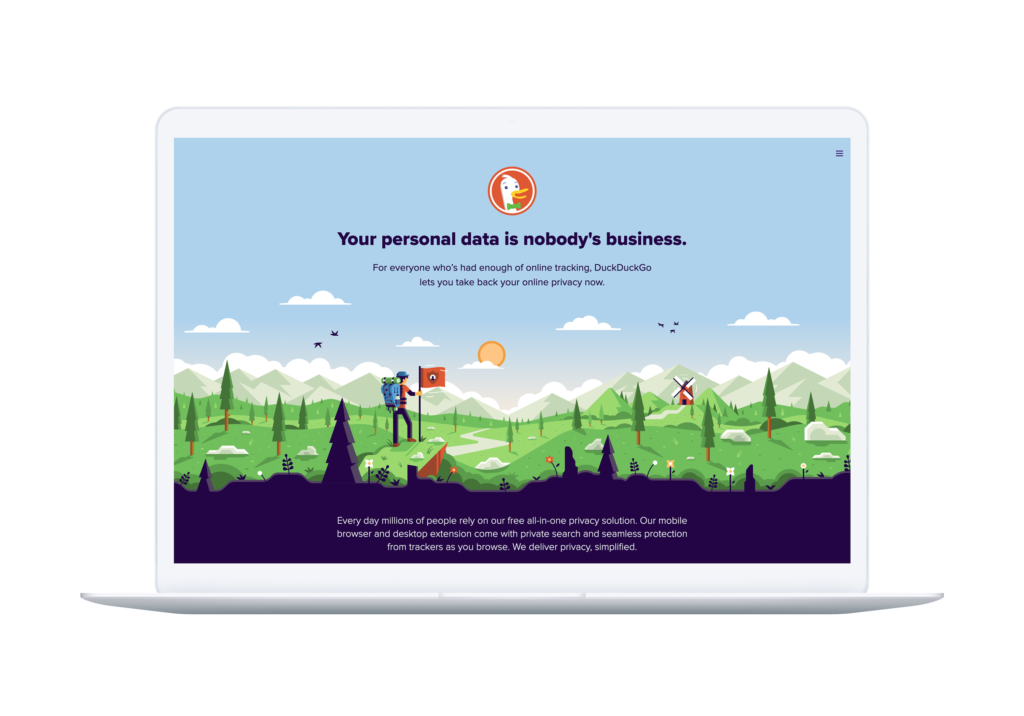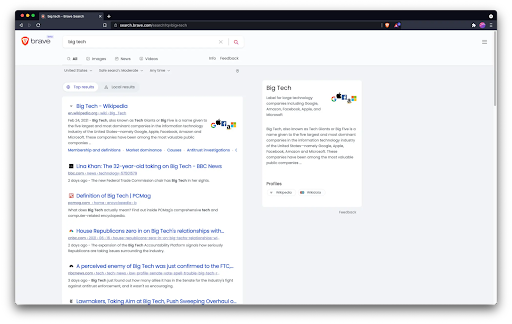Two elements, supply and demand, determine CPM and CPA on Facebook. At Brainlabs we’ve completed an extensive analysis of the UK and US market for multiple verticals and, in particular, retail and compiled recommendations to help you prepare for the holiday season.
Supply & Demand
Before we begin, let’s define the essential elements of the advertising space:
|
Element |
Depends on |
|---|---|
|
Supply (or available impressions) |
the number of ad placements* and the number of people using Facebook products. |
|
Demand |
both the number of advertisers and how competitive they are (e.g. how much they are spending). |
*The number of placements only changes when Facebook launch new products
Over the past year, we saw fluctuations in CPM and CPAs which were a result of changes in supply and demand in the Facebook ad ecosystem:
During Q2 2020, users were spending more time on the platform as a result of the pandemic which led to an rise in supplies, while advertisers pulled back budgets and reduced the demand. These changes drove a dramatic decrease in CPMs across all verticals.
Through the first half of 2021 we saw a move into the ‘economic recovery’ stage, where users continued to work from home and spend the same amount of time on the platform – maintaining the same level of supply, advertisers increased their investment in the platform after a year of holding back their budgets. This increase in spend led to a noticeable jump in CPMs across all verticals.

The upcoming festive season should increase platform usage (supply) but also lead to an increase in advertisers’ budgets (demand).
Analyzing Brainlabs clients’ performance over the past few years, we found that on average CPMs increased up to 93% in the US on Black Friday and up to 80% in the UK in the days leading up to Christmas.
Below are CPA vs. CPM breakdowns for our US and UK clients overall and specifically in the Retail sector:
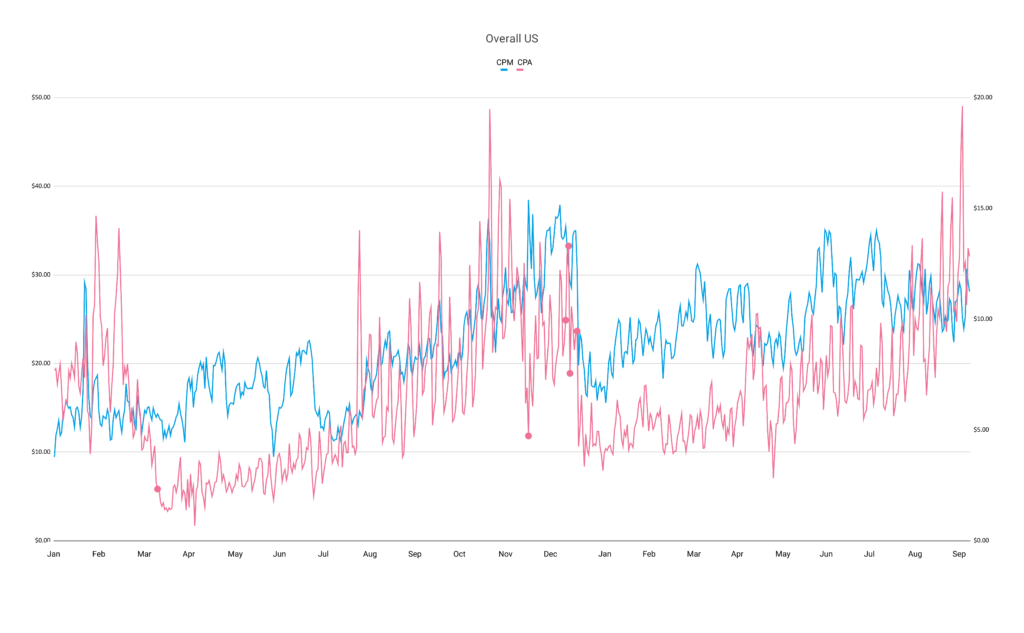
Overall, we see a drop in CPAs on Black Friday as people are motivated to shop, while CPMs sharply increase and remain high throughout the December Peak (December 1st – 31st).
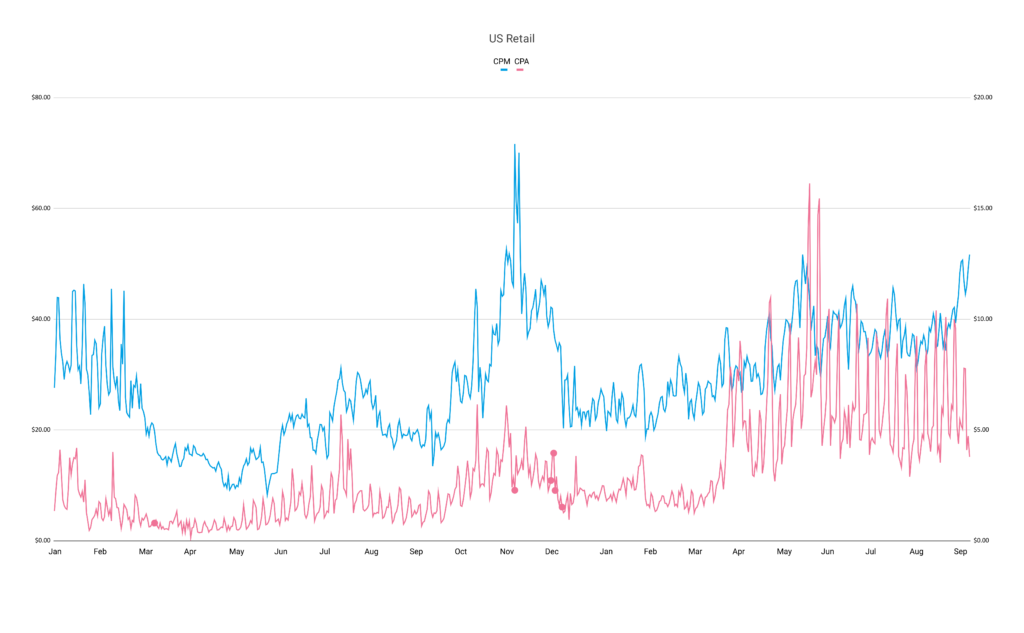
In the retail sector, CPMs are at their absolute highest on Black Friday and slowly work their way down throughout December. CPAs followed a similar trend.
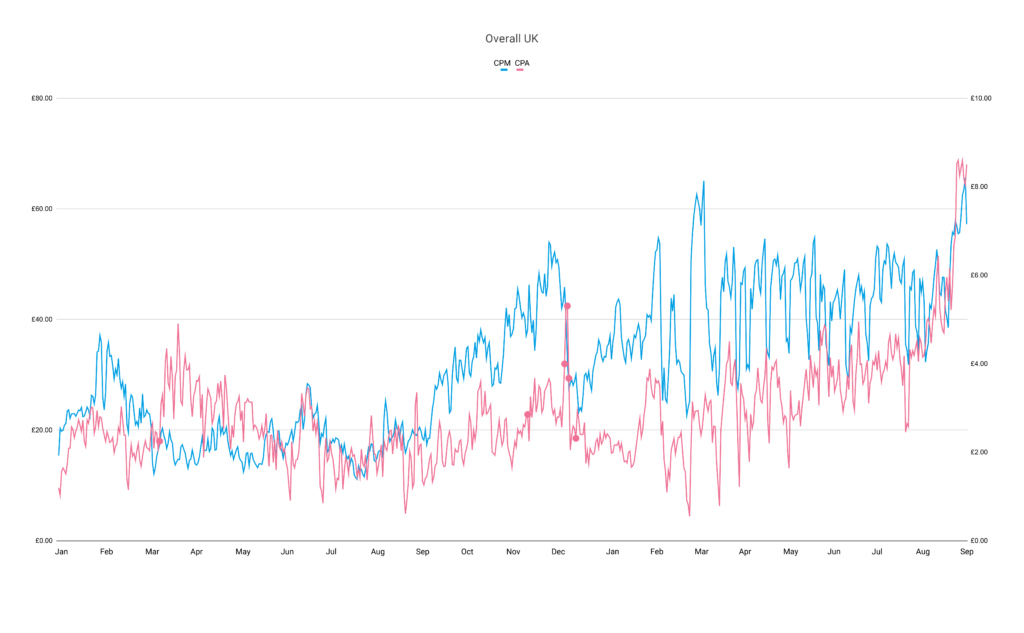
In the UK we, again, saw CPMs take off during the December Peak. CPAs remained somewhat consistent but spiked on Christmas Eve.
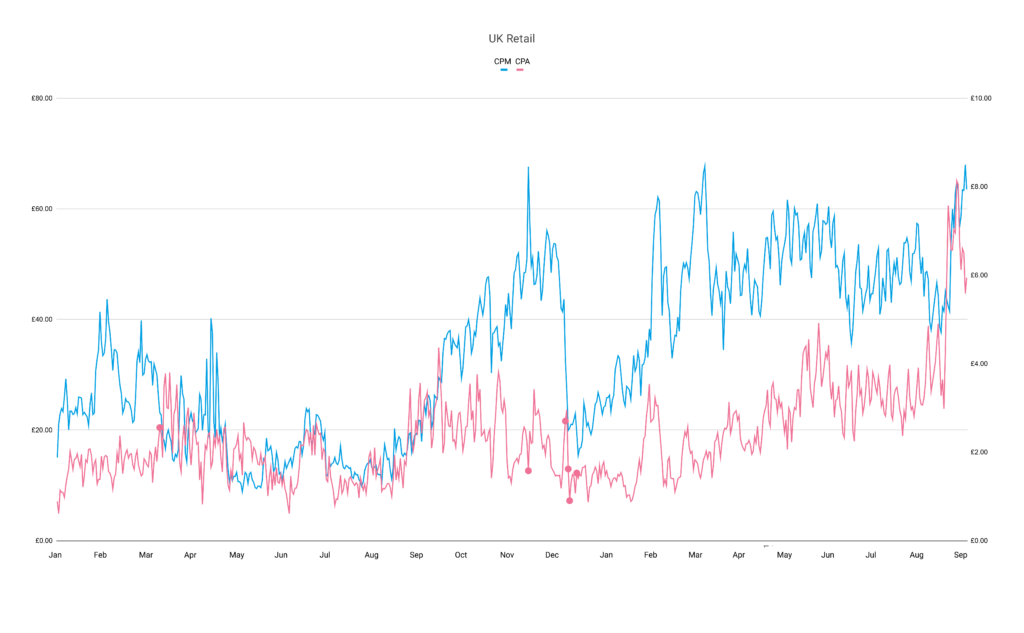
UK retail CPMs and CPAs remained high throughout the December Peak but plummeted on Christmas Day.
5 Recommendations (with examples and stats) based on our learnings:
Increase investment in video creative
Facebook is investing in increasing ad-placements for video assets (IGTV, In-Stream and Reels), as the supply is always growing bidding on this inventory should be cheaper and help you make the most of every penny spent on the platform.

Invest in creative that stands out
With four big shopping events and big budgets spent on festive productions, advertising on social media during December can be very competitive. Below are the two big questions we’re asking:
- Will your creative get the users’ attention?
- How does it differentiate from the rest of the ads on the platform?
It’s time to try more engaging ad-formats such as ‘Try-before-you-buy AR experiences’ and shopping assistant chatbot (automated messaging experience), that can help you choose the perfect gift for your loved ones. These can help your campaign stand out, and ensure potential customers have the most engaging experience all the way to the check-out on site.
In collaboration with Harrods, we ran paid social campaigns on Facebook to promote their Christmas Gifting Chatbot, developed by Spectrm. Users answered a series of questions around who they were buying for, and with what budget, before the chatbot recommended suitable gifts.
The campaign issued 20,000 conversations, delivering an engagement rate of 2x from the account average!
Put your products in the front
In the weeks leading to Christmas, users are looking to shop, and will make impulsive purchases when they see the right product. According to our analysis, advertising during the holiday season is much more effective than the rest of the year with a 67% average decrease in CPA in NA and UK.
In other words while CPMs rise, strong product performance can offset that cost – so put your products forward!
Consider redistributing budgets from Facebook into other social platforms (e.g. Pinterest, Snap and TikTok)
Over the past 18 months the major social platforms have introduced new social commerce tools that can help advertisers get in front of audiences at the product discovery stage, and then move these customers through the purchase journey to maximize the return on ad spend.
Below are some additional resources explaining the available social-commerce opportunities on each platform:
- Social Commerce Snacks: Leveraging Conversational Commerce in Facebook
- Social Commerce Snacks: Pinterest Shopportunities
- Tik Tok Holiday Advice
Prepare for Q5
Q5 (or the post-Christmas period into the new year) is a prime advertising opportunity because supply is still high but demand bottoms out as advertisers cease their holiday budgets. Think about the following:
- You don’t need highly polished content: ‘lo-fi’ Facebook content performed better due to the authentic feel.
- Conversion trends tend to go up after Christmas: The hypothesis is that more people get new devices after Christmas therefore there are new CPM opportunities available.
Consider planning a Q5 promotion (perhaps testing out other social platforms like we mentioned earlier!)
The economics of the advertising space boil down to supply and demand. Now that demand has surpassed supply, CPMs on Facebook have increased and will continue to. Diversifying your social platforms and testing new inventory types in Facebook can help you stand out in an overburdened market. Brainlabs can help you kick off your new social strategy or optimize your current setup for the best results!
The post Success on social this holiday season: Data-led recommendations to win at Facebook and beyond. appeared first on Brainlabs.
from Marketing https://www.brainlabsdigital.com/blog/success-on-social-this-holiday-season-data-led-recommendations-to-win-at-facebook-and-beyond/


